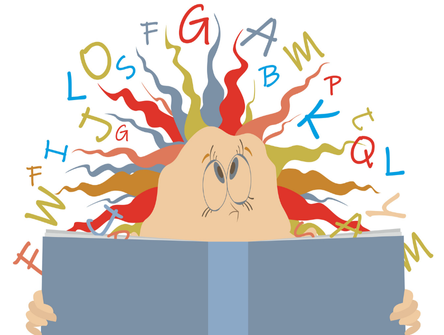The retrospectivity of ending peremptory challenges
Supreme Court grants leave to hear Chouhan case.

The federal government spent considerable media time trumpeting the elimination of peremptory challenges, to dismiss prospective jurors without explanation, as part of its justice system reforms. But lawyers for Pardeep Chouhan, who is accused of first-degree murder, argued successfully before the Ontario Court of Appeal that their client had chosen to be tried by a jury before the new rules came into force in September 2019. As such, he still had the right to avail himself of the peremptory challenges. A new trial was ordered.
On May 7th, the Supreme Court of Canada granted leave to appeal in both the appeal of the Ontario Court of Appeal's decision, as well as Chouhan's cross-appeal challenging the elimination of the peremptory challenges.
"I was disappointed, and I know that a number of criminal lawyers were disappointed by the fact that peremptory challenges were allowed to be killed by the courts," says Dirk Derstine, partner at Derstine Penman in Toronto, who represents Chouhan. "This will give us another chance to see if we can end that death."
The impetus for the change was the public outcry over what was perceived use of such challenges to form an all-white jury in the case of Gerald Stanley, who was acquitted in February of 2018 of second-degree murder of an Indigenous man, Colton Boushie.
Derstine says that peremptory challenges are essential because they allow people from racialized and marginalized backgrounds to have some comfort that the jury they are choosing will give them a fair trial.
"To a certain extent, the whole institution of the jury trial is a curtailment of state power," says Derstine. "In a very real way, judges are appointed by the government of the day, and even though they are independent, an accused person may feel that they are another arm of the state. To a certain extent, a jury of their peers is a curb on that in their head, if nowhere else."
In a 2018 submission, the Criminal Justice Section of the CBA. commenting the elimination of peremptory wrote: “The Stanley verdict has sparked an important conversation, but the conversation should not end with a knee-jerk legislative response. Instead, it should signal the beginning of a detailed examination of how best to improve Canada’s jury system.”
Many marginalized people, who are disproportionately represented in criminal trials, have real suspicions about the state, says Derstine. Their ability to have some say in their jury goes a long way to making them feel like they have had a fair trial.
"It is intrinsic to trial by jury, and it's been taken away," says Derstine, adding that the dynamics involved in the Stanley trial are an outlier of sorts.
"Overwhelmingly, it is minorities who are accused of things either against other minorities, or against majority cultures," says Derstine. He suggests there were better remedies that the government could have opted for rather than the wholesale elimination of peremptory challenges.
Mark Halfyard, senior appellate counsel at Daniel Brown Law in Toronto, and a director with the Criminal Lawyers Association, says that there are also upwards of 30 trials in Ontario which will rest on the Supreme Court's decision, on account of the retrospective application of the new rules.
"If they had just let the cases in the criminal justice system play through and given people their peremptory challenges up the September 19th date, when Bill C-75 came into effect, we wouldn't have all of these cases in peril," says Halfyard.
Halfyard says that the CLA is always concerned when the government makes decisions without listening to stakeholders' advice on how the move may play out on the ground. The CLA is seeking status to intervene in the case.
We'll see whether the case looks beyond at whether Parliament was right to act in a way that could lead to an unfair trial, or if it affects the substantial rights under the Charter of Rights and Freedoms to a trial by a jury of their peers, says Halfyard.
In a separate matter, Ottawa lawyer Leo Russomanno of Russomanno Criminal Law attempted to mount a constitutional challenge on the representativeness of the jury system in Ontario. He based his arguments on the findings of now-retired Justice Giovanna Toscano Roccamo in her report to the Canadian Judicial Council. It found that juries in Ottawa and Belleville were unrepresentative because pools were based on municipal property assessment lists.
Russomanno's challenge was dismissed and had no route of appeal. The provincial government has since amended the provincial legislation to ensure that the jury list is now based on Ontario Health Insurance Plan data instead.
"This [Chouhan] challenge is related insofar as it arose from a case where the jury was not composed in a way that was equitable, and that there is a systemic exclusion of Indigenous jurors in a case where the deceased was Indigenous, and culprit for that was the defence counsel exercising their peremptory challenges," says Russomanno.
While Russomanno says the genesis of the elimination of those challenges was the notion that they made juries unrepresentative, he maintains that in the majority of cases, those challenges were used to make juries more representative.
"If you go back to the Law Reform Commission of the early 1990s, the reason for peremptory challenges was to keep potentially racist jurors out in a way that they might otherwise not be detected," he explains. "Speaking from my own practice, peremptory challenges were something that I valued greatly in terms of having a jury that I could feel more confident would be impartial toward my client."


